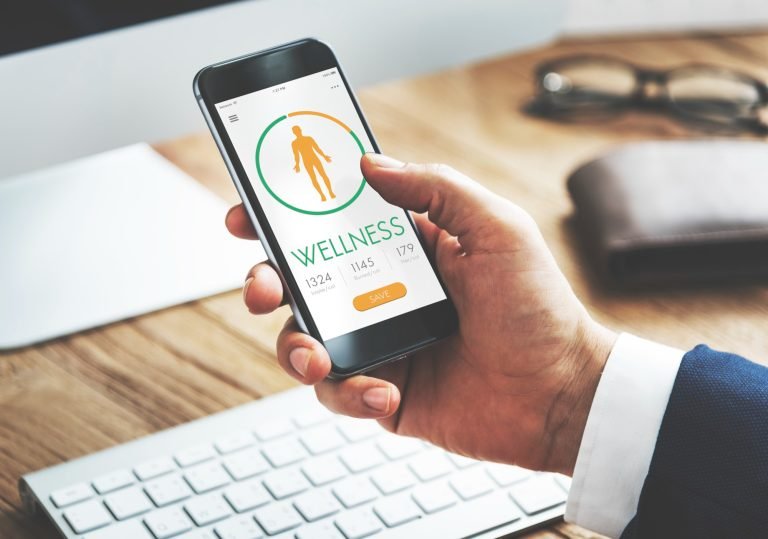In today’s hyper-connected world, technology plays a central role in our daily lives. We rely on our smartphones, tablets, and computers for communication, work, entertainment, and information. While technology offers many benefits, it can also lead to information overload, constant distractions, and a sense of being always “plugged in.” This is where the concept of a digital detox and mindful technology use comes in. In this article, we will explore the importance of unplugging technology, the benefits of a digital detox, and strategies for practicing mindful technology use.

Understanding the Need for a Digital Detox:
Digital detox refers to a period of time where individuals intentionally disconnect from digital devices and the online world. It allows us to take a break from constant connectivity, reset our relationship with technology, and reclaim a sense of balance and presence in our lives. Here are some reasons why a digital detox is important:
Rest and Recharge: Continuous exposure to digital devices and online content can lead to mental fatigue and burnout. Taking a break from technology allows our minds to rest, recharge, and regain focus. It offers an opportunity for relaxation, reflection, and rejuvenation.
Improved Mental Well-being: The constant influx of information and notifications can contribute to stress, anxiety, and a sense of being overwhelmed. A digital detox provides a mental reprieve, reducing mental clutter and promoting a sense of calm and clarity. It allows us to reconnect with our thoughts, emotions, and the present moment.
Enhanced Relationships: Excessive screen time can negatively impact our relationships. Being fully present and engaged in face-to-face interactions is crucial for building meaningful connections. A digital detox provides an opportunity to prioritize and nurture personal relationships, fostering deeper connections and improving communication.
Increased Productivity and Creativity: Continuous digital distractions can hinder productivity and creative thinking. A digital detox allows us to break free from constant interruptions, enabling us to focus on important tasks, enhance productivity, and tap into our creativity.
Benefits of Mindful Technology Use:
While a complete digital detox may not always be feasible or practical, practicing mindful technology use can help us develop a healthier relationship with our digital devices. Mindful technology use involves being intentional and conscious about how we engage with technology. Here are some benefits:
Intentional Time Management: Mindful technology use allows us to be intentional with our time and how we allocate it for technology-related activities. By setting boundaries, creating schedules, and prioritizing meaningful activities, we can optimize our time spent with technology and minimize mindless scrolling or excessive usage.
Enhanced Focus and Attention: Mindful technology use encourages us to be fully present and engaged with the task at hand. By minimizing distractions, such as turning off notifications or using productivity apps, we can improve our focus, attention span, and the quality of our work or leisure activities.
Improved Digital Well-being: Mindful technology use involves being aware of our emotional and mental well-being while using digital devices. It means actively monitoring and managing our screen time, recognizing the signs of digital fatigue, and taking necessary breaks or engaging in self-care activities to maintain a healthy balance.
Cultivation of Mindfulness: Technology can be a tool for mindfulness practice when used consciously. Mindful technology use involves using digital resources, such as meditation apps or mindfulness exercises, to support our mental well-being. It allows us to integrate mindfulness into our daily lives and leverage technology as a positive influence.
Strategies for Practicing Mindful Technology Use:
Set Boundaries: Establish designated technology-free times or spaces in your daily routine. For example, designate device-free zones during meals or before bedtime to promote better sleep quality.
Turn Off Notifications: Minimize distractions by disabling non-essential notifications. Selectively enable notifications for important contacts or critical information, allowing you to stay focused without being constantly interrupted.
Practice Mindful Consumption: Before engaging with digital content, pause and ask yourself if it aligns with your values or goals. Consume information mindfully, critically evaluating its source and relevance, and avoid mindless scrolling or excessive browsing.
Establish Tech-Free Activities: Incorporate tech-free activities into your routine, such as reading a book, practicing a hobby, or spending time in nature. Engaging in activities that promote presence and connection with the physical world helps create balance.
Create Digital-Free Zones: Designate specific areas in your home where digital devices are not allowed, such as the bedroom or dining area. This helps create boundaries between technology use and restful or social spaces.
Practice Digital Sabbaths: Dedicate specific days or periods of time each week when you completely disconnect from digital devices. Use this time to engage in offline activities, connect with loved ones, or pursue hobbies that bring you joy.
Utilize Digital Well-being Tools: Take advantage of digital well-being features available on devices and apps. Set screen time limits, track usage patterns, or use apps that promote mindfulness or offer reminders for breaks.
In a world where technology is pervasive, finding balance through a digital detox and practicing mindful technology use is essential for our well-being. By consciously disconnecting from digital distractions, setting boundaries, and engaging with technology in a mindful manner, we can cultivate healthier relationships with our devices and create space for presence, productivity, and genuine connection in our lives. Let’s embrace the power of mindful technology use and strive for harmonious integration of technology and well-being in the digital age.
About Author
Asmita comes from a botany background. She established a leading millet brand 7Millets in the year 2017 for the Indian market. 7Millets products are now available on Amazon, Flipkart, BigBasket and on www.7Millets.com. She loves to speak & guide on sustainable farming practices and the ideal journey of a women-owned business brand in India. 7Millets has recently introduced sugar-free Dhokla, Idli, Pongal & Dosa premix which are popular products among the health-conscious community.
To know more about millets visit www.7millets.com





